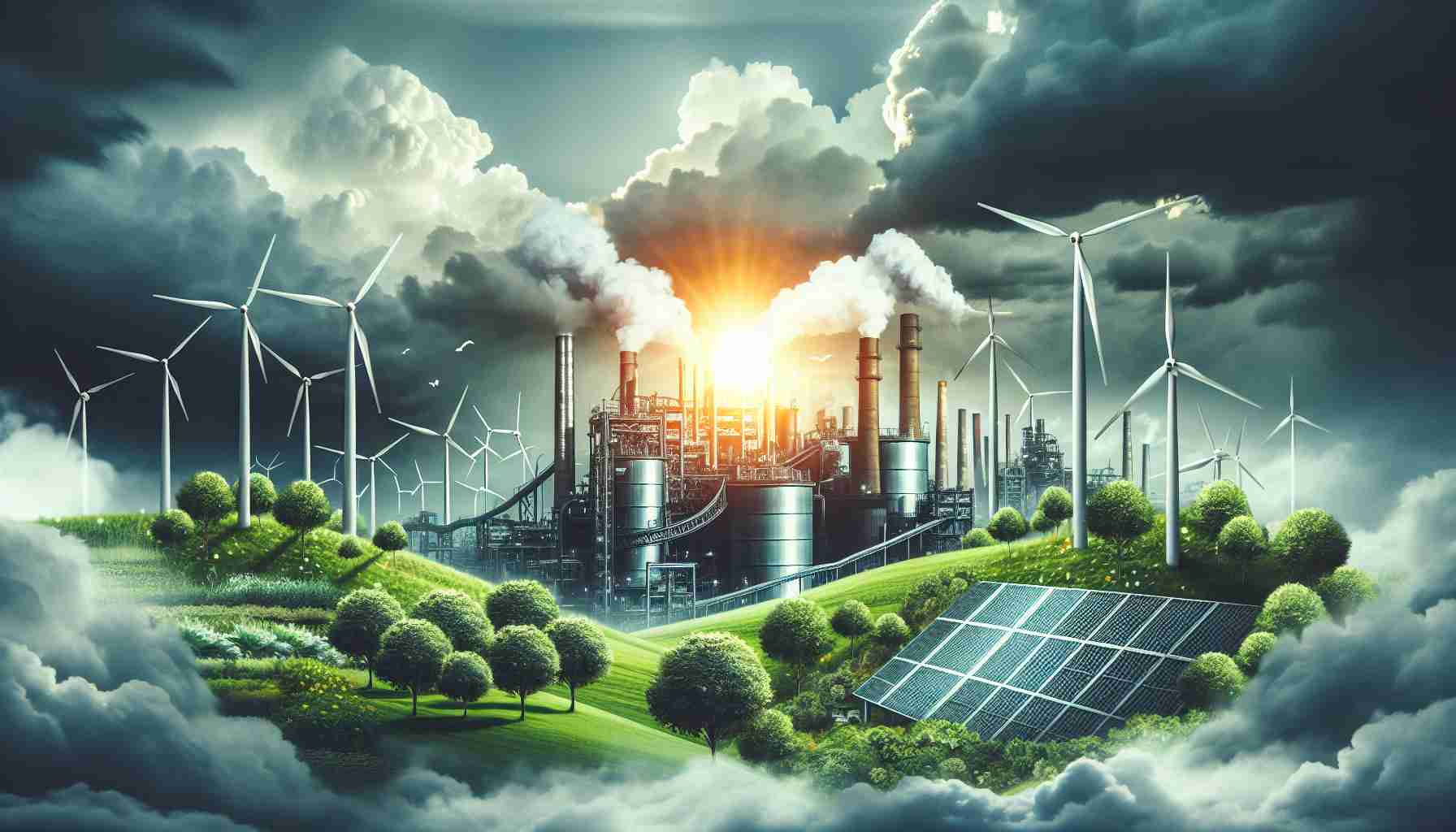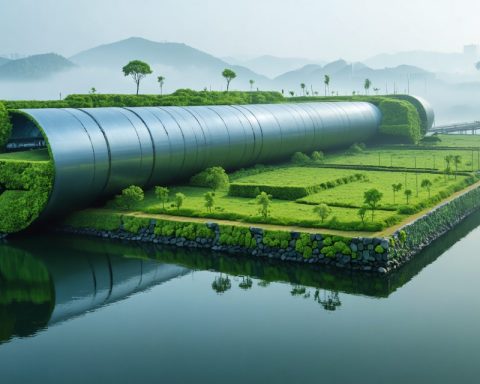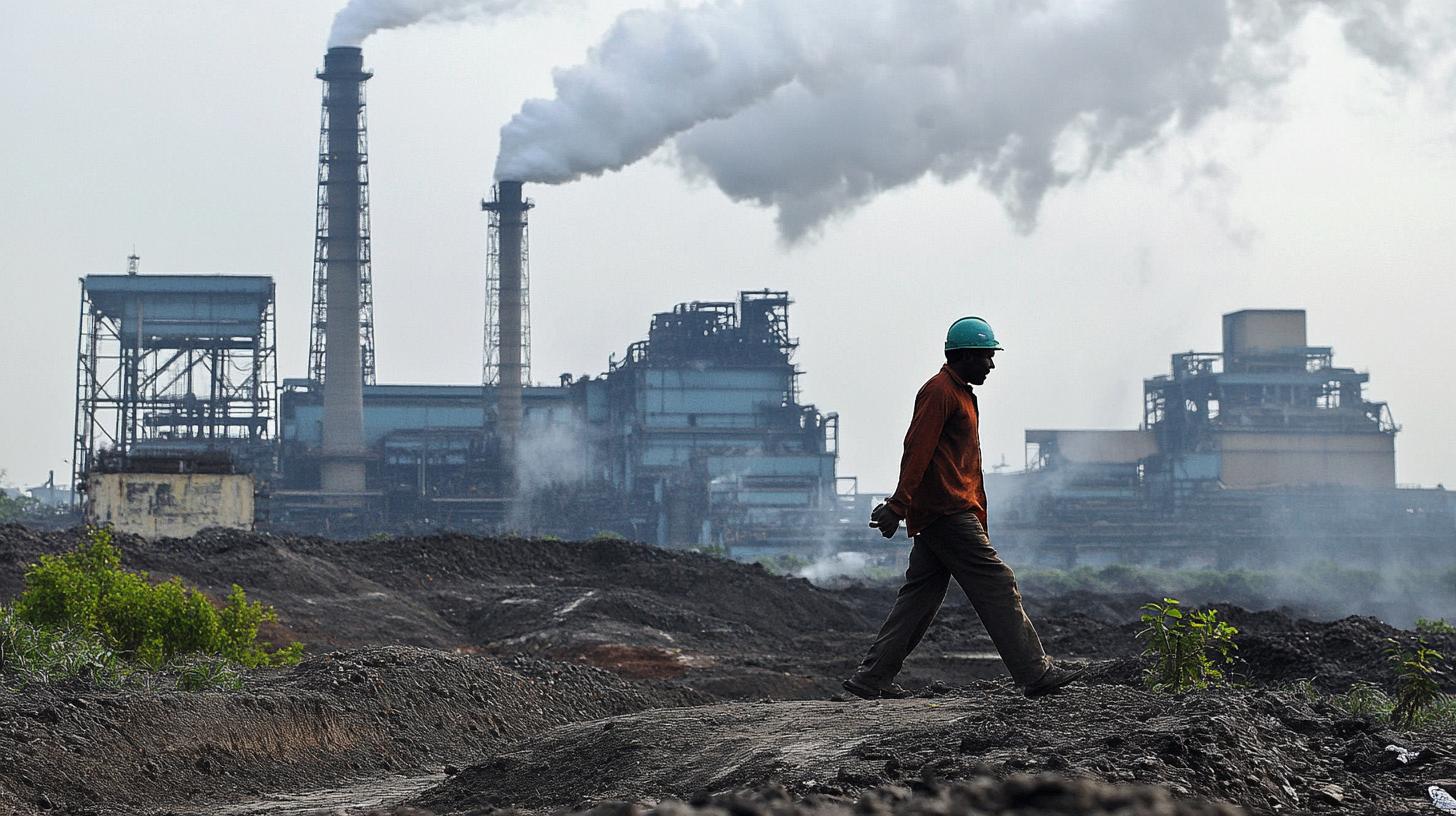Thyssenkrupp is striking a bold path in the future of steel production. The company has unveiled an ambitious €3 billion initiative aimed at creating green steel, which can move forward irrespective of the government’s hydrogen strategy’s success. The planned facility in Duisburg is not contingent on any single technology and remains robust in its design.
The steel plant’s operational flexibility allows it to utilize natural gas, achieving significant reductions in carbon emissions—up to 50% less than traditional blast furnace methods. If fully powered by green hydrogen generated from renewable sources, the plant has the potential to operate with minimal environmental impact.
Thyssenkrupp emphasizes its willingness to explore a variety of technologies for the ongoing green transformation in the steel sector, ensuring diverse options for achieving further decarbonization. However, the landscape is complicated—for instance, the previous coalition government’s initiative to transition the industry rapidly to hydrogen-based processes faced challenges, resulting in project delays driven by economic concerns and regulatory ambiguity.
Additionally, skepticism has emerged regarding the feasibility of this transition, with some politicians underscoring the high costs associated with producing green steel compared to conventional methods. As analysts raise alarms about the budget implications of green hydrogen production, several upcoming projects have already been scrapped, emphasizing the hurdles ahead in realizing a sustainable steel industry.
Thyssenkrupp’s Green Steel Revolution: The Future of Sustainable Production
Introduction to Thyssenkrupp’s Initiatives
Thyssenkrupp is at the forefront of innovation in the steel industry with its groundbreaking €3 billion initiative designed to produce green steel. This initiative represents a significant commitment to sustainability and is designed to ensure operational flexibility, allowing the company to adapt irrespective of the current hydrogen strategy’s success.
Key Features of the Green Steel Plant
1. Operational Flexibility: The new facility in Duisburg is engineered for versatility, capable of utilizing both natural gas and green hydrogen. This adaptability is crucial as it allows the operation to maintain reduced carbon emissions while transitioning towards fully sustainable methods.
2. Carbon Emission Reductions: By employing natural gas as a transitional fuel, Thyssenkrupp anticipates reducing carbon emissions by up to 50% compared to traditional blast furnace operations. When fully powered by green hydrogen, the environmental impact of the process could be significantly diminished.
3. Diverse Technology Implementation: The company is committed to exploring a range of technologies to facilitate the green transformation of steel production. This strategic approach aims to offer multiple pathways to decarbonization, thus minimizing risk associated with relying on a single technology.
Current Challenges and Considerations
Despite these promising developments, the journey toward sustainable steel production is fraught with challenges:
– Economic Viability: There is considerable skepticism regarding the economic feasibility of green steel. Critics point out that the costs associated with green hydrogen production are high, leading to concerns about the long-term financial implications for the industry.
– Regulatory Climate: Instability in governmental policies and regulatory frameworks has hampered the rapid transition toward hydrogen-based steelmaking, resulting in project delays and budget constraints.
– Market Trends: The heightened awareness of sustainability issues has prompted several companies to seek innovative solutions. However, many projects have faced cancellation as financial realities come to terms with ambitious environmental goals.
Pros and Cons of Thyssenkrupp’s Green Steel Initiative
Pros:
– Significant Reduction in Carbon Emissions: Potential to drastically cut emissions compared to traditional methods.
– Investment in Future Technologies: Promotes research and development in alternative production technologies.
– Sustainable Practices: Aligns with global trends toward more environmentally responsible manufacturing.
Cons:
– High Initial Costs: The financial burden of developing infrastructure for green steel production is substantial.
– Regulatory Uncertainty: Changes in policy can hinder progress and complicate implementation.
– Skepticism Among Stakeholders: Concerns over the viability of achieving the desired sustainability goals.
Predictions and Market Insights
As the steel industry increasingly faces pressure to adopt sustainable practices, Thyssenkrupp’s initiative could set a precedent for future projects. Analysts predict that companies that can effectively navigate the challenges of transitioning to green steel will hold a competitive advantage in the market.
Conclusion
Thyssenkrupp’s commitment to producing green steel through innovative technologies represents a substantial step toward a more sustainable industrial future. However, the path forward will require careful navigation of economic and regulatory challenges to truly realize their vision.
For more information, visit the official Thyssenkrupp website.











